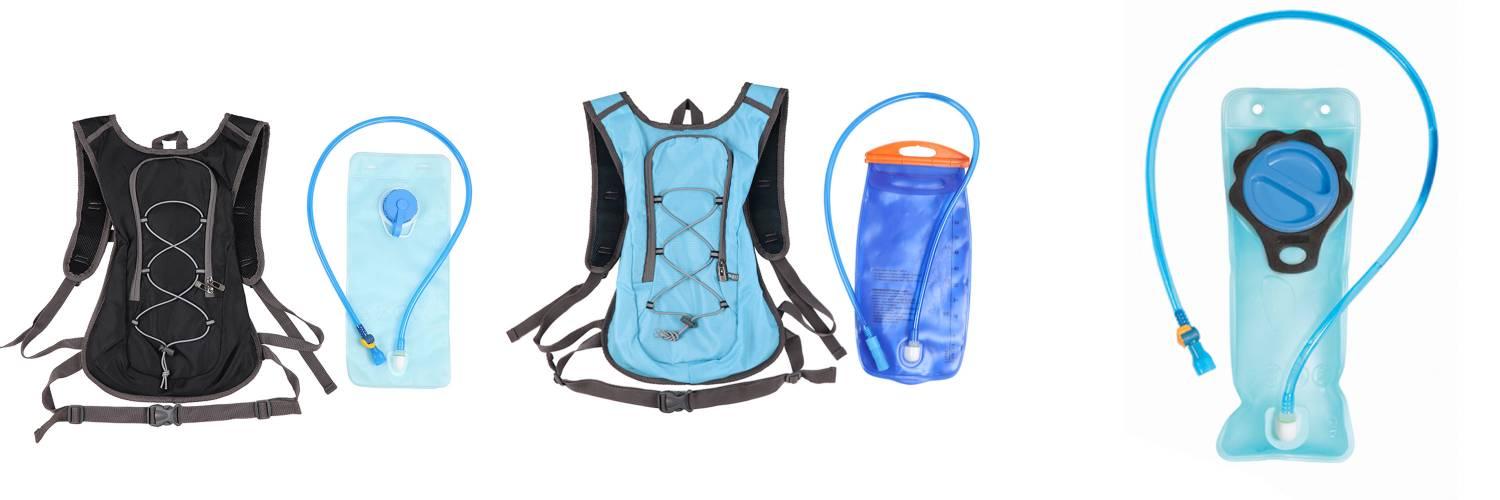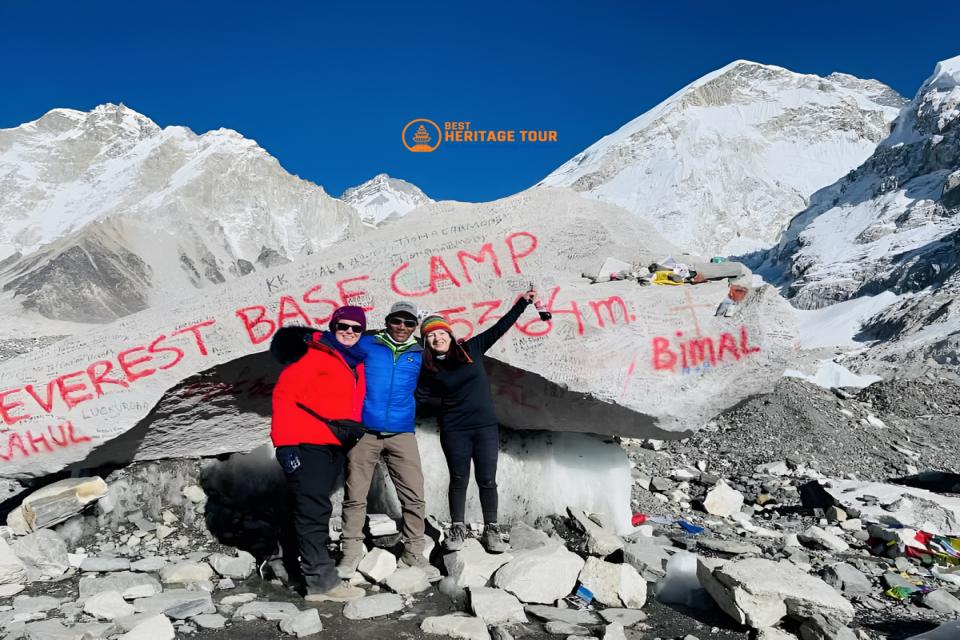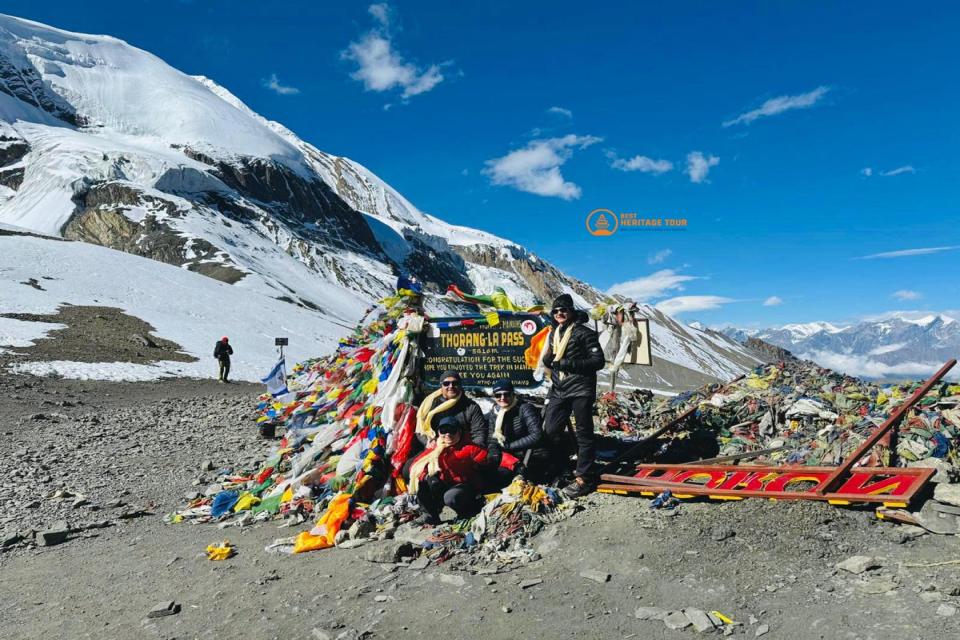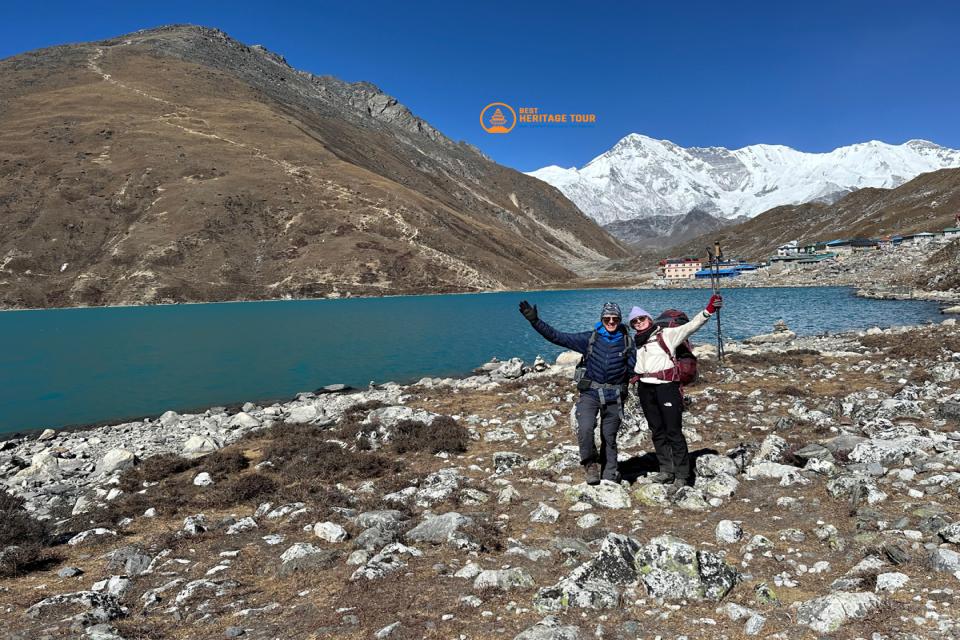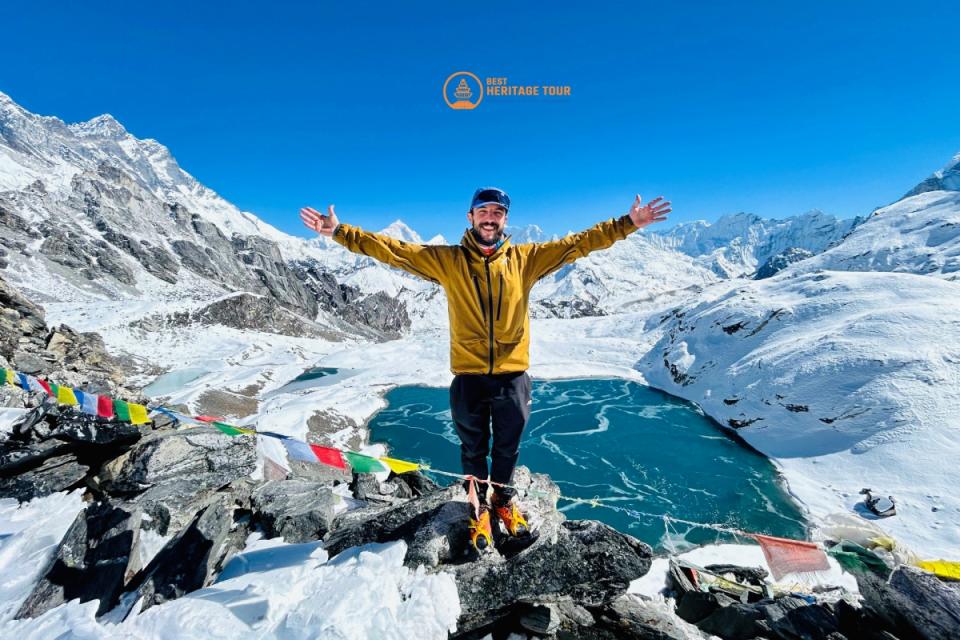Hydration is critical during high-altitude trekking, especially on routes like the Everest Base Camp Trek. At altitudes above 4,000 meters, temperatures can drop far below freezing, putting your water supply at risk. Many trekkers face a common problem: hydration bladders freezing overnight or during the day.
This guide explains why hydration bladders freeze at high altitudes, how it affects your trekking, and proven strategies to prevent it. By following these tips, you can stay hydrated, maintain performance, and enjoy a safe trek.
Why Hydration Bladders Freeze
High-altitude environments present several challenges for keeping water liquid:
-
Low temperatures: Above 4,000 meters, night temperatures often drop -10°C to -20°C, causing water in exposed hydration bladders to freeze.
-
Thin air and wind chill: The combination of low air pressure and wind accelerates heat loss, freezing water faster than at lower altitudes.
-
Material of the bladder: Soft plastic bladders are more prone to freezing compared to insulated or specialized high-altitude bladders.
-
Elevation during trekking: Trekking uphill exposes the bladder to cold air, especially if carried on your back.
Observation: Without preventive measures, frozen hydration bladders can make it difficult to maintain water intake, risking dehydration, altitude sickness, and reduced energy.
How Freezing Affects Your Trek
-
Reduced hydration: Cold water slows down your drinking, and frozen bladders may make it impossible to access water.
-
Physical impact: Dehydration affects energy levels, endurance, and acclimatization, increasing the risk of altitude sickness.
-
Equipment issues: Frozen hoses or bite valves may crack or break if forced.
Tip: Staying hydrated is critical at high altitudes, so preventing freezing is more than a comfort issue - it’s a safety concern.
Effective Strategies to Prevent Freezing
1. Keep the Bladder Close to Your Body
-
Carry the bladder inside your jacket or sleeping bag at night.
-
Body heat can keep water from freezing for longer periods.
2. Use Insulated Sleeves
-
Purchase a neoprene or foam insulated sleeve for your bladder and hose.
-
Insulation slows down heat loss and prevents freezing in cold conditions.
3. Add Warm Water or Tea
-
Fill your bladder with lukewarm water or herbal tea before going to bed or starting a cold day trek.
-
Avoid boiling water in soft bladders - it can damage the material.
4. Store Bladder Upside Down
-
Water freezes from the top down. Carrying the bladder upside down ensures you can still drink from the bottom before the entire bladder freezes.
5. Use a Hose Insulator
-
Wrap the drinking tube with insulation or a foam sleeve.
-
Bite valves are particularly prone to freezing; keep them under your jacket when possible.
6. Frequent Small Sips
-
Drink water regularly to prevent stagnation in the tube, which freezes faster.
-
Continuous use keeps water moving and reduces freezing chances.
Gear Recommendations
-
Insulated hydration bladder: High-altitude models are designed for cold-weather trekking.
-
Thermal sleeve for bladder and tube: Keeps water flowing during cold treks.
-
Bite valve covers: Protects the mouthpiece from freezing and cracking.
-
Thermal flask as backup: Carry a small insulated bottle with warm drinks as a backup for extremely cold days.
Pro Tip: Some trekkers carry two smaller bladders, rotating them between body heat and external use to ensure continuous access to liquid.
Seasonal Considerations
-
Spring (March-May) & Autumn (Sep-Nov): Bladders may freeze during the night, especially above 4,000 m. Daytime trekking may allow for liquid water.
-
Winter (Dec-Feb): Freezing is frequent, even in daytime. Strong insulation and keeping the bladder close to your body is essential.
-
Summer/Monsoon (Jun-Aug): Freezing is rare, but nights can still be cold above 4,500 m.
Practical Tips for Everest Base Camp Trek
-
Carry hot water in a small flask to refill the bladder during breaks.
-
Use a soft tube and insulated sleeve for easy drinking without removing gloves.
-
Store the bladder upside down at night in your sleeping bag.
-
Drink regularly, even if cold water is available - it prevents dehydration and maintains energy levels.
-
Plan hydration stops near heat sources, such as teahouses, to refill warm water.
Observation: Trekkers who follow these strategies rarely face serious issues with frozen water, maintaining hydration, energy, and overall trekking safety.
Conclusion
Hydration bladders can freeze at high altitudes due to extreme cold, thin air, and wind chill, but with proper strategies, this issue is manageable.
Key takeaways:
-
Keep the bladder close to your body or sleeping bag.
-
Use insulated sleeves and hose protection.
-
Drink small sips regularly to keep water moving.
-
Carry hot drinks as backup.
By following these strategies, you can stay properly hydrated, maintain energy, and enjoy a safe and unforgettable Everest Base Camp Trek.
Book Your Everest Base Camp Trek Today
Phone: +977-9851149197 / +977-9810043046
Email: info@bestheritagetour.com / bestheritagetour@gmail.com
Website: www.bestheritagetour.com
Office: Thamel Marg, Kathmandu, Nepal
Author: Best Heritage Tour
Date: 25th August, 2025

